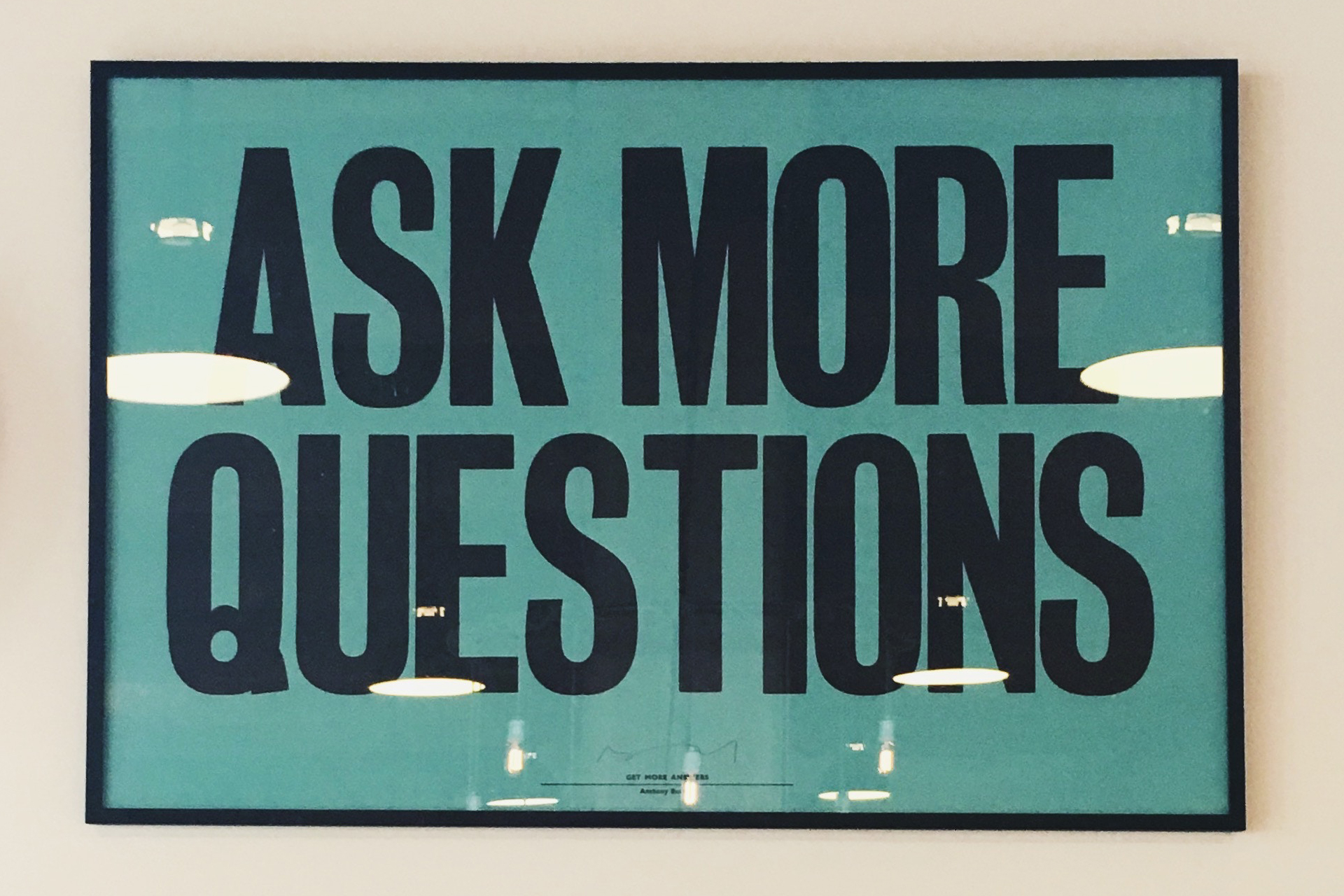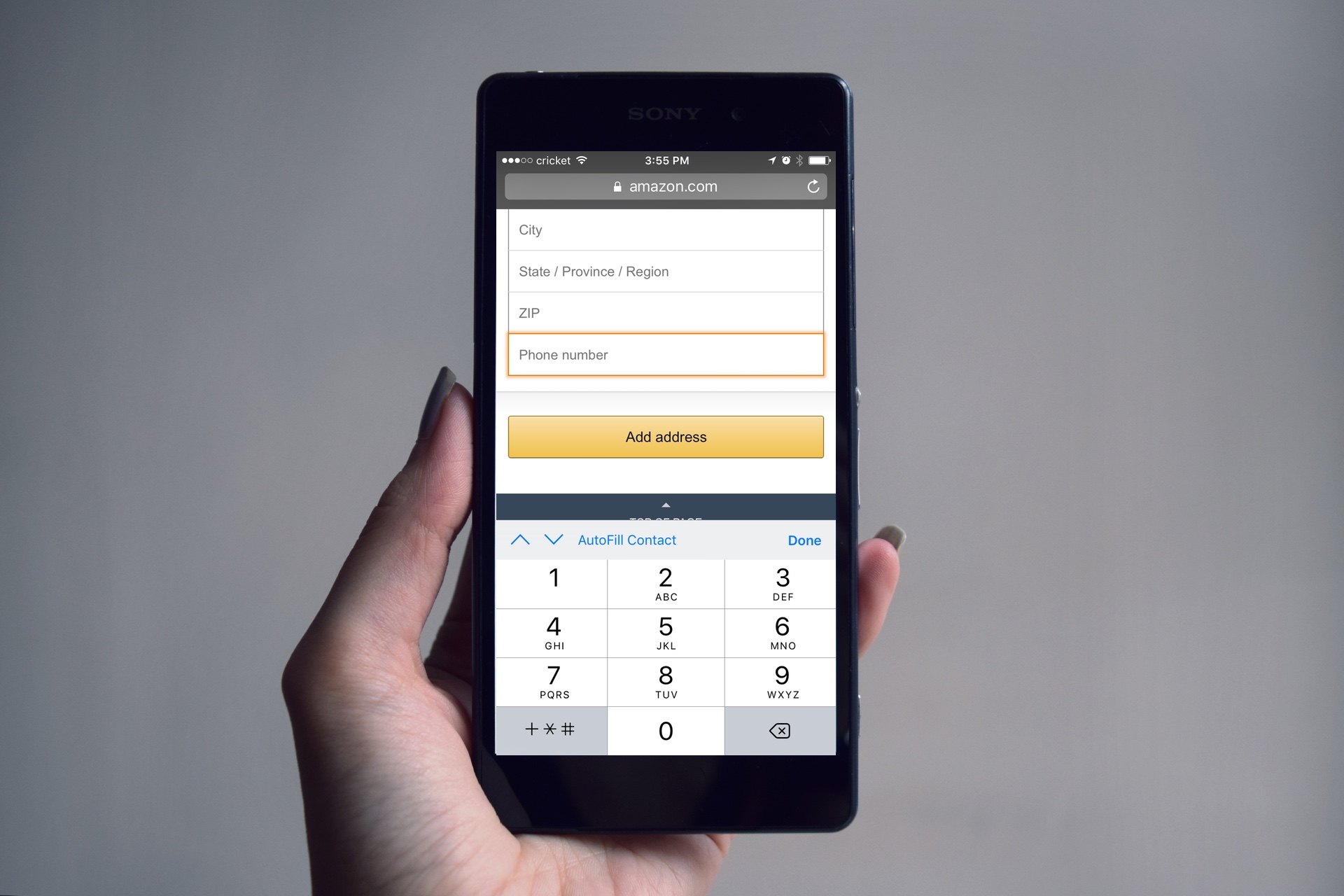Desirable UX: The Power of Personality
3 min read
A baseline definition for UX design is the process of making a product or service useful, usable, and desirable. In a product design world that has figured out that minimally viable is “useful” and “usable” is now standard, desirability of a product is gunning for the throne. What makes a product desirable? I’d argue personality. Relatable. Real. Human.
What makes a product desirable? I’d argue personality. Relatable. Real. Human.
The future of desirability
Personality-ingrained software is about to experience a growth spurt as artificial intelligence (AI) matures. Big technology companies are making a tremendous investment in creating more humanlike technology. Just days ago, Google announced a new line of products with AI at the heart of each, including Google Home and Pixel. These products learn a user’s habits and have language processing and image recognition capabilities. The benefit to these strides toward a conversational ‘interface’—or lack thereof—is a lower need for input from the user.
Lucky for you non-Google-sized companies out there, you don’t have to gold leaf all your products with AI to charm users with human-like personality. You can breathe life into your product with a few tweaks to your marketing, appealing to the motives of your customers, and relatively simple interaction animations.
Is there life in there?
The more “life” a product radiates, the more likely your customers will engage and connect with it.
As a business, you build useful products to serve your customers’ needs. A focus on user experience increases your product’s usability and elevates the importance of desirability—personality. A relatable personality not only adds depth to your product, it has the power to increase acquisition rates, increase usability scores, and decrease churn rates.
The more “life” a product radiates, the more likely your customers will engage and connect with it.
Crafting your product’s personality
Crafting the right personality for your product requires a well-defined brand to begin with.
As the brand gate-keepers, the marketing team will play a critical role in sculpting the personality. Consulting with a user experience firm can help the marketing team build a meaningful dialogue with your customers so that they feel a bond with your product.
Crafting a product’s personality for the first time—or improving an existing one—may require some heavy lifting as the team defines a variety of key items. Here are some checkpoints to get you started:
- Clearly define your product’s voice.
- Explore how the tone of voice may shift in different contexts (i.e. onboarding vs. error messaging vs. general customer interaction).
- Build a mood board to guide aesthetics such as text, color, and spacing.
- Define your brand’s imagery style (icons, illustrations, and marketing images should communicate a consistent personality and contribute to the overall feel of your product).
- Create delightful animations to make your product feel more alive. These may include screen transitions, loading animations, and subtle icon animations to name a few examples.
Implementing your product’s personality
Sometimes it’s hard to identify opportunities for your product’s personality to shine through. Here are three common scenarios where personality can manifest itself in your product:
1. First Impressions
First impressions are important and onboarding first-time users may take some work. How does your product’s personality hold the user’s hand and get them up to speed gracefully?
2. Empty States and Error Messages
Your customer logs in and has no content. How do you lean on your personality to guide them and get them set up? How does the personality of your product communicate mishaps in the system?
3. Communication Opportunities
How does your product amplify your user’s achievements? How will you let users know about new features or updates to the system?
As you weigh the cost of design and development to add a little character to your MVP, consider the return of building a meaningful relationship with a loyal customer. Now ask yourself: when is the last time you were excited about building a lasting relationship with someone who lacked personality? I’ll leave you with that to chew on.






